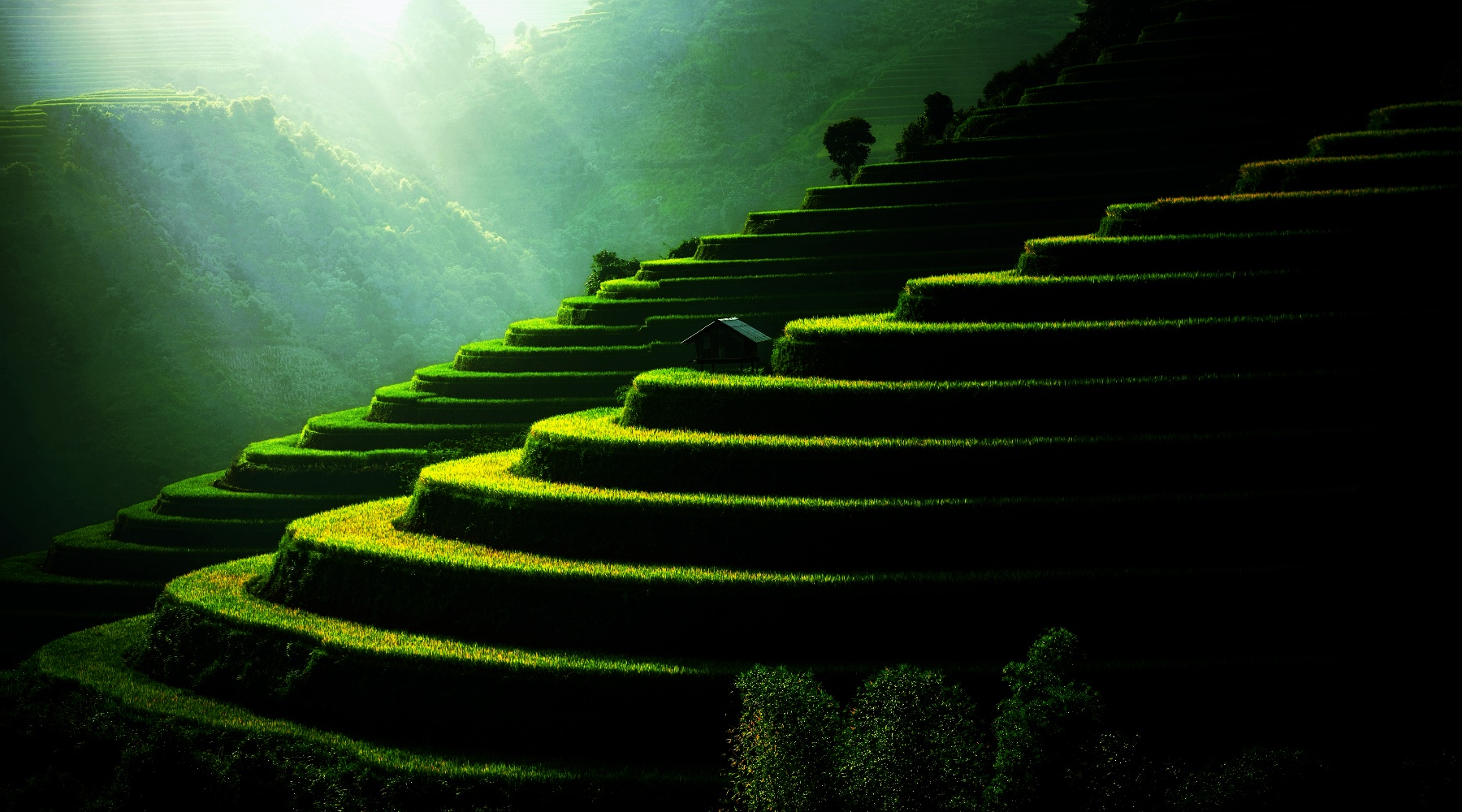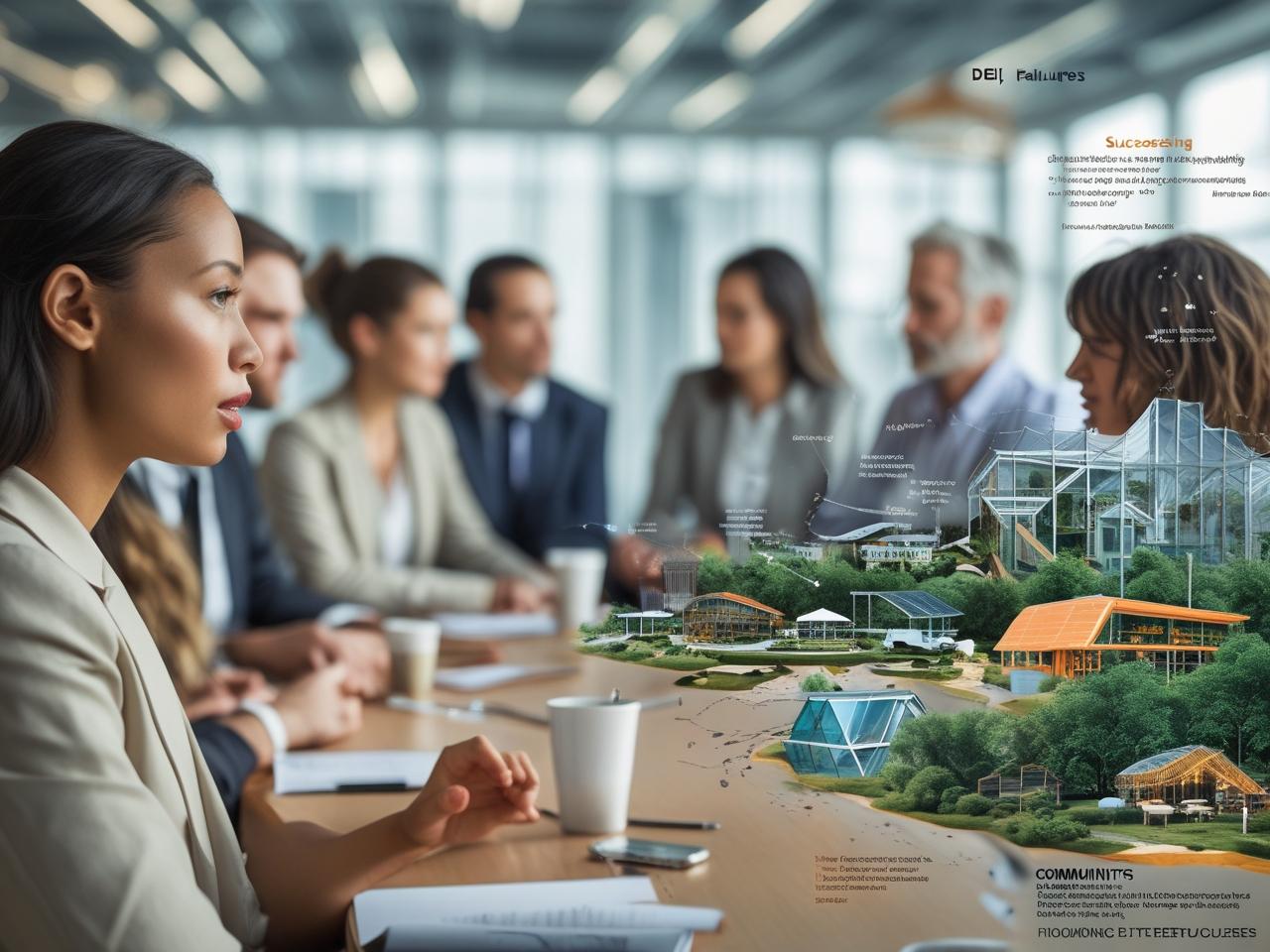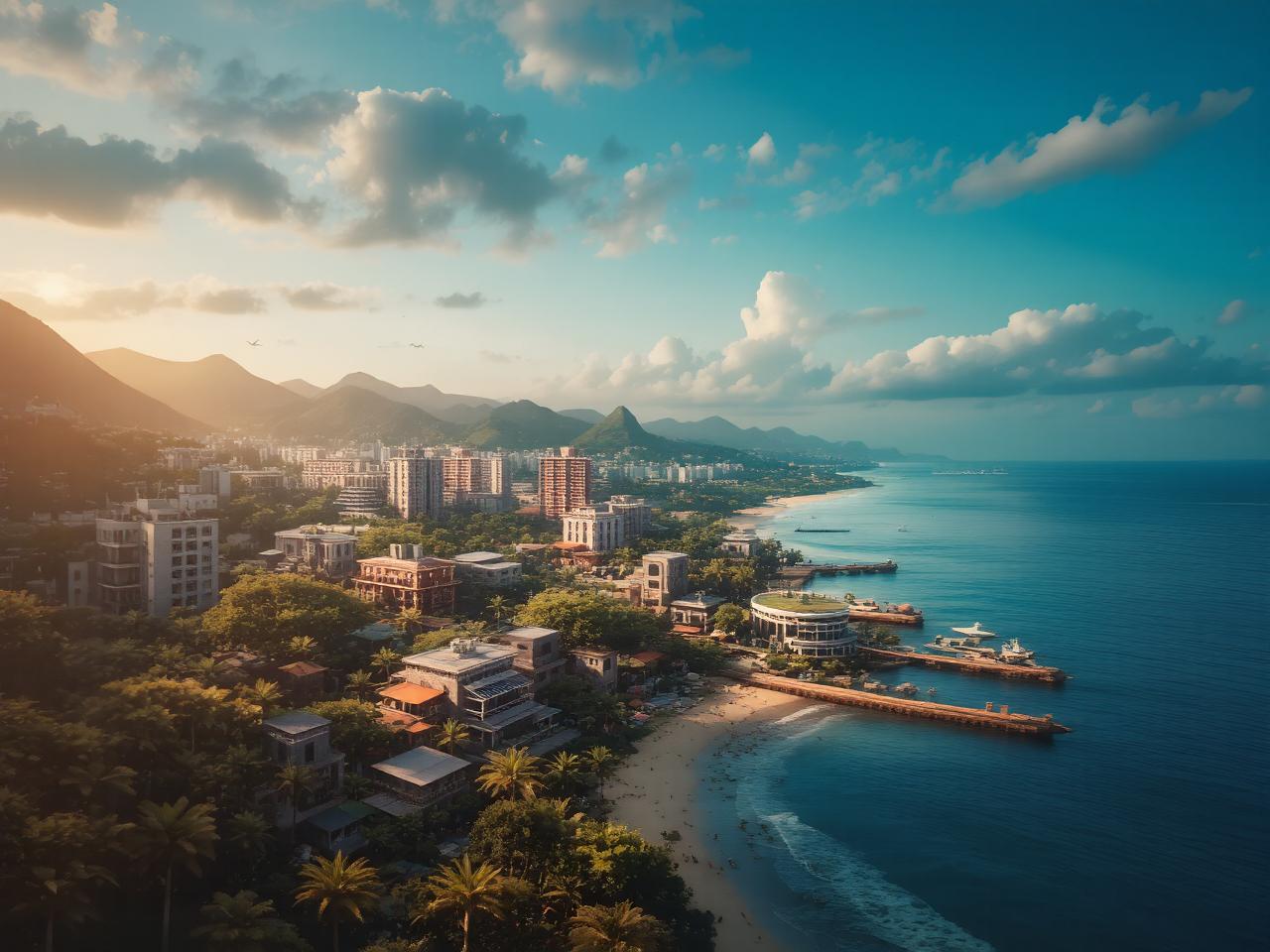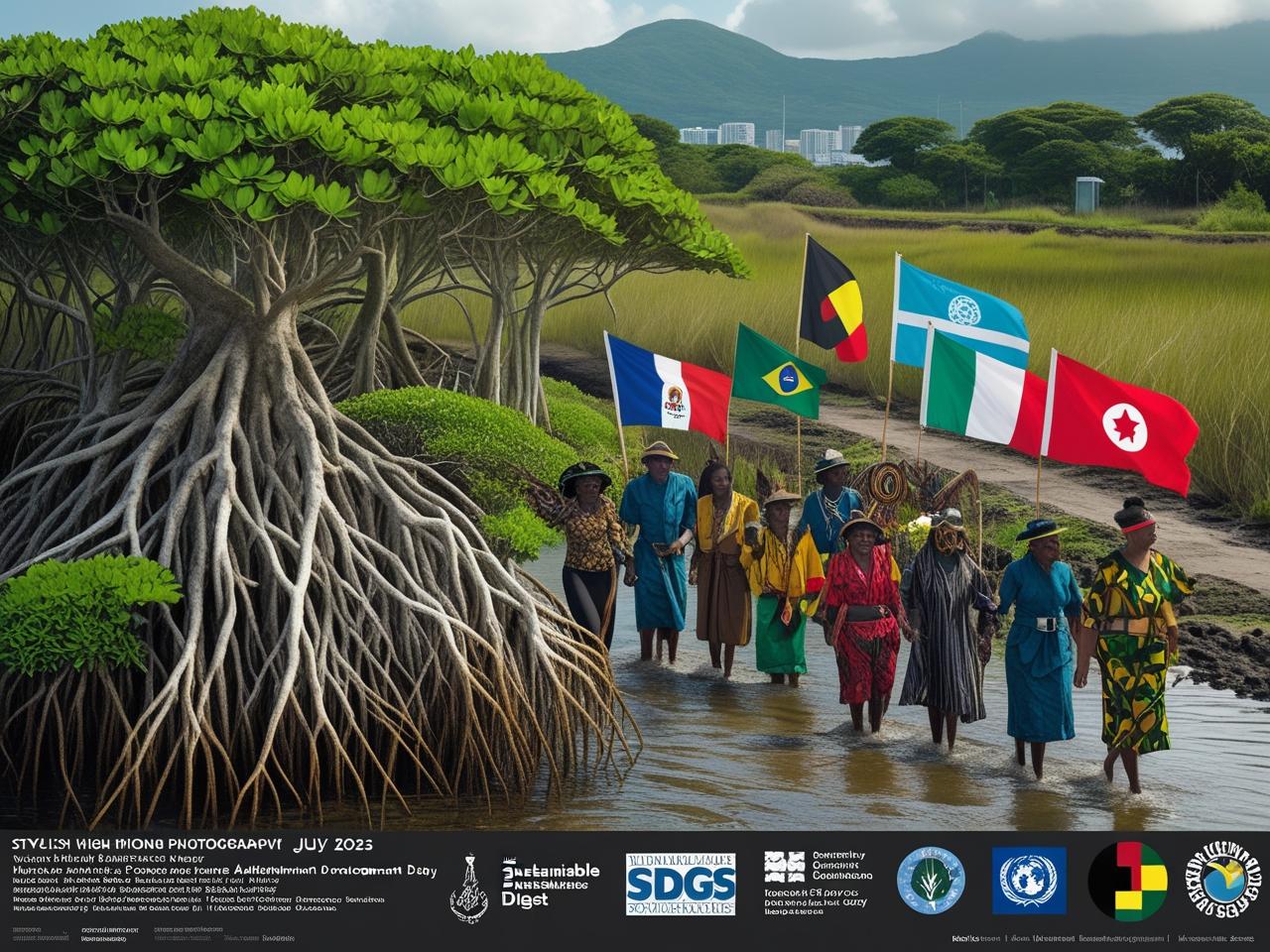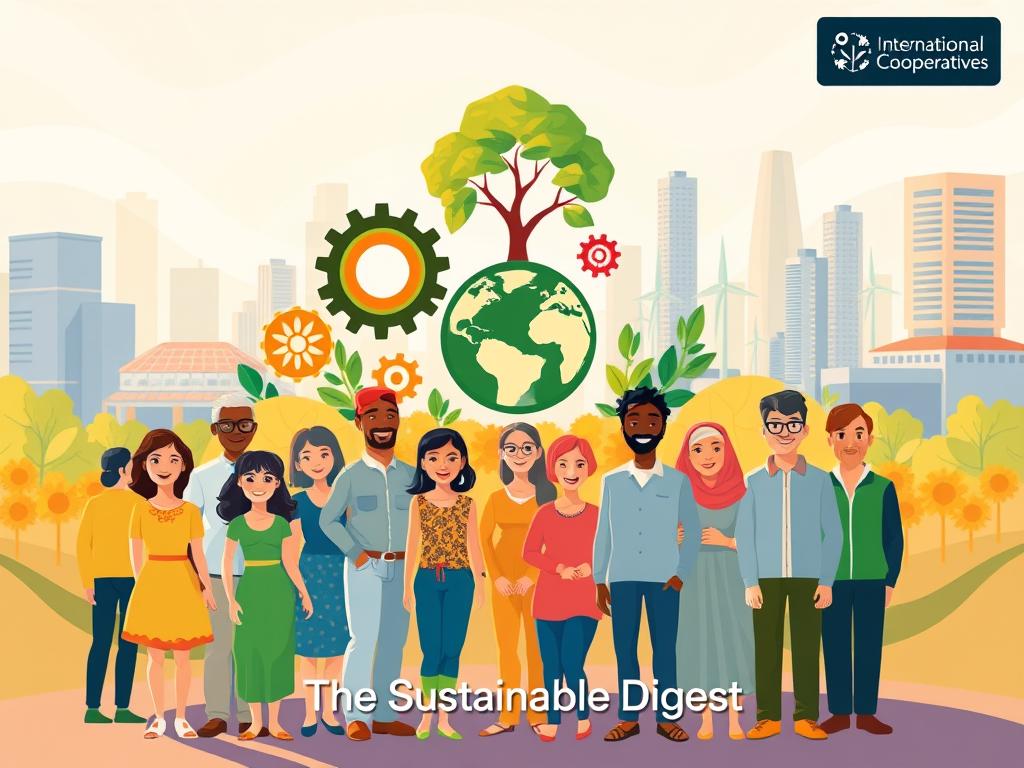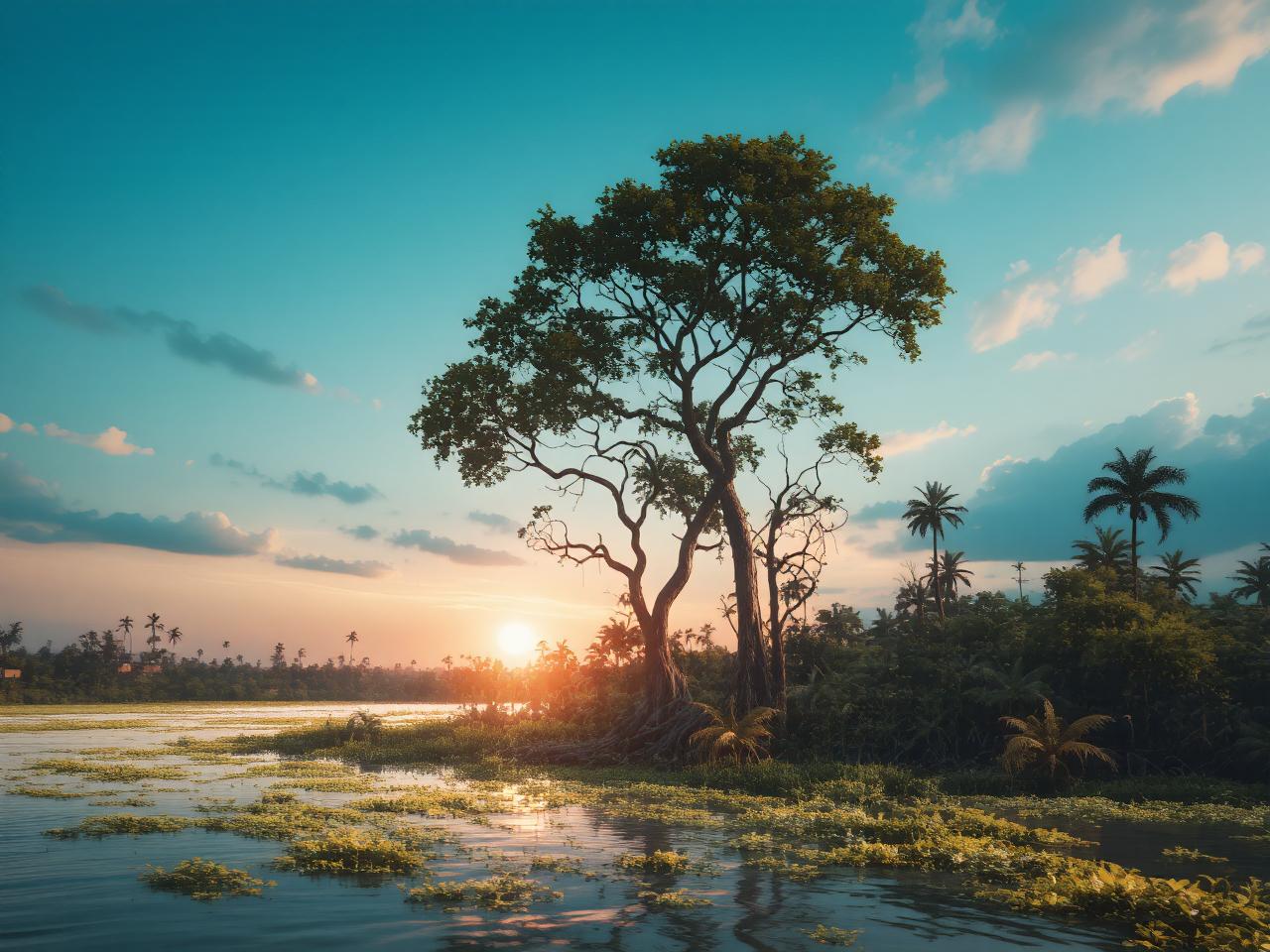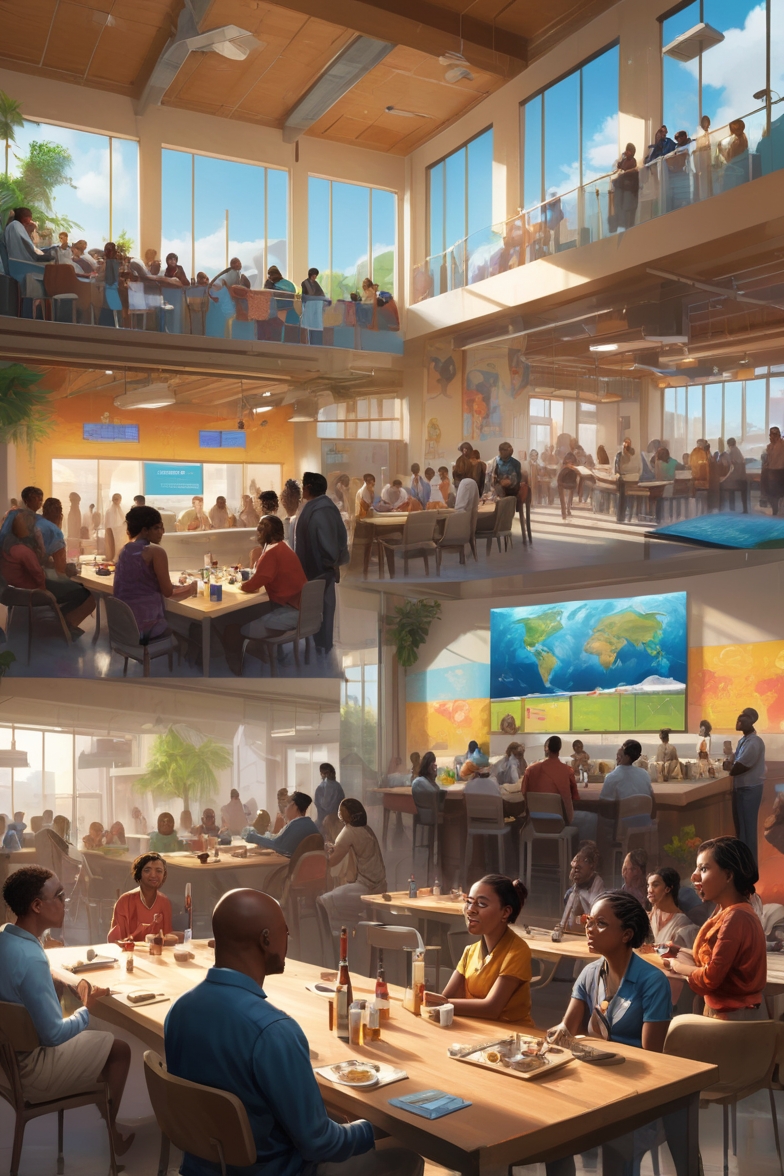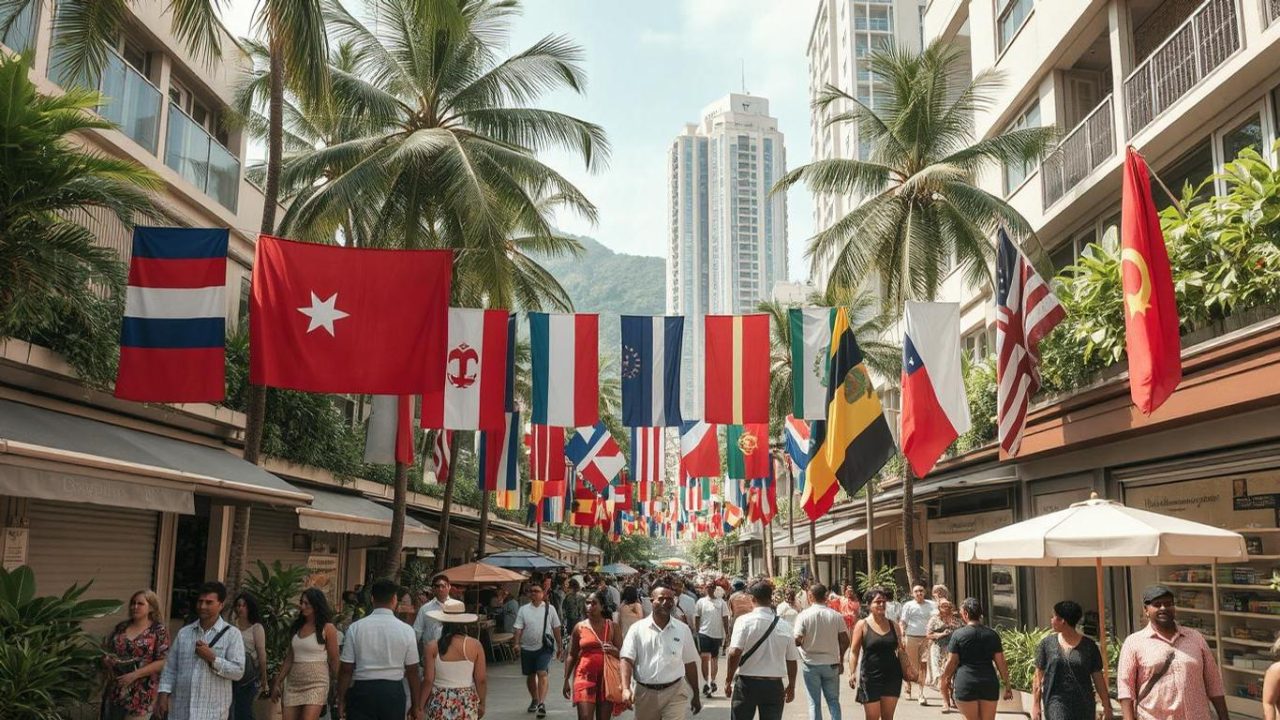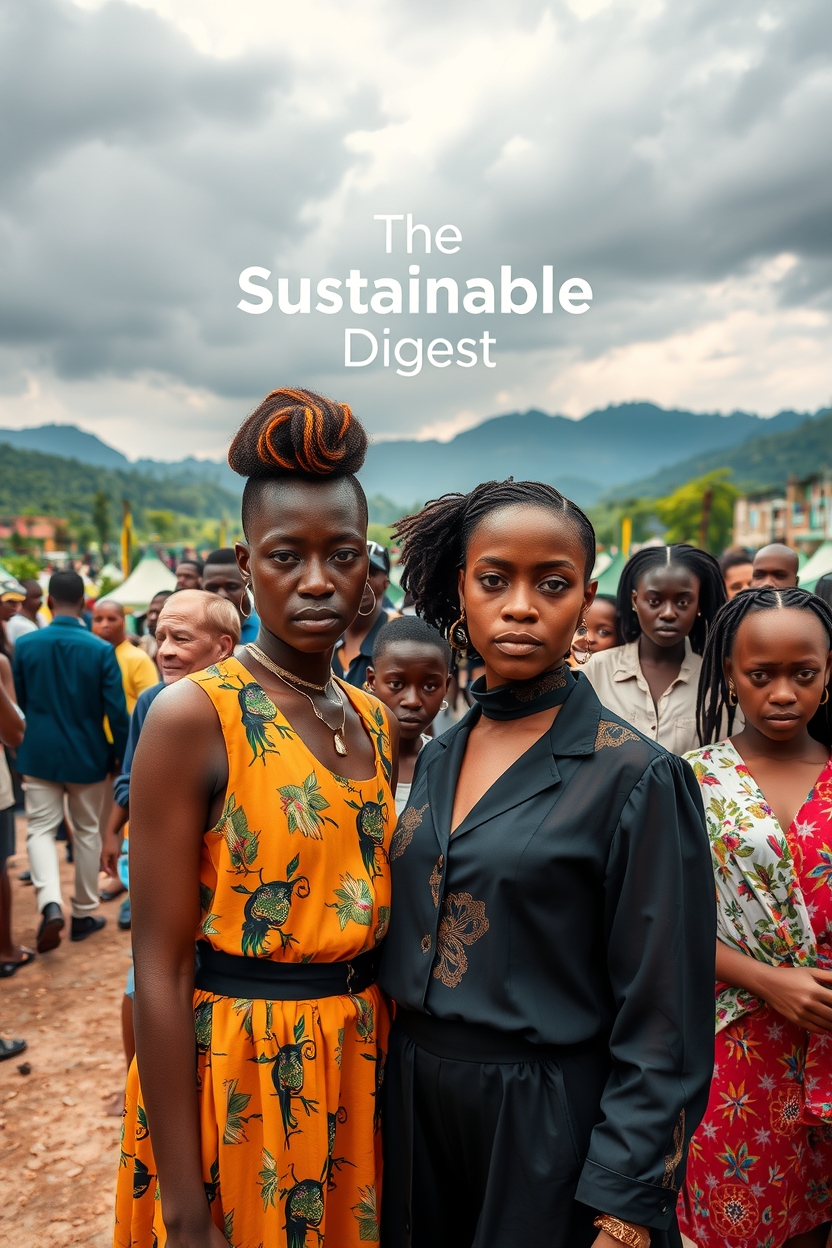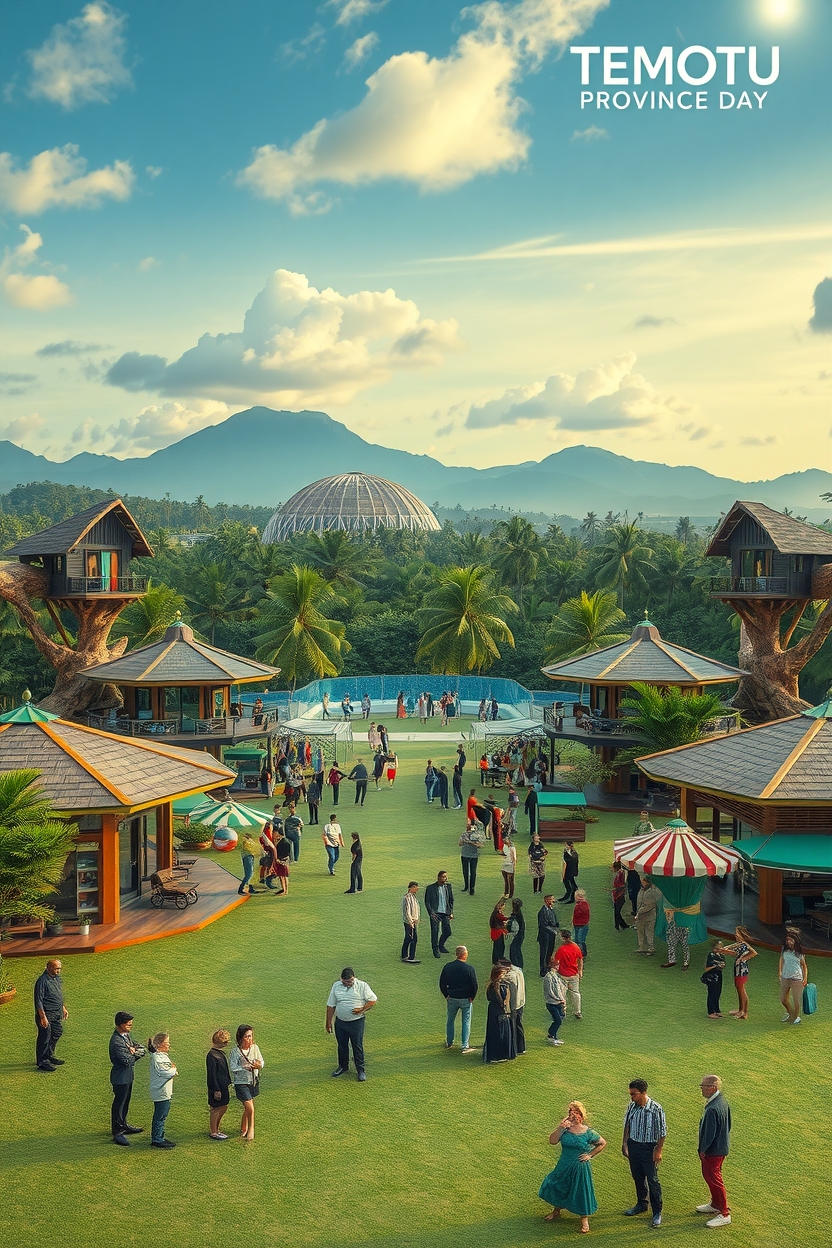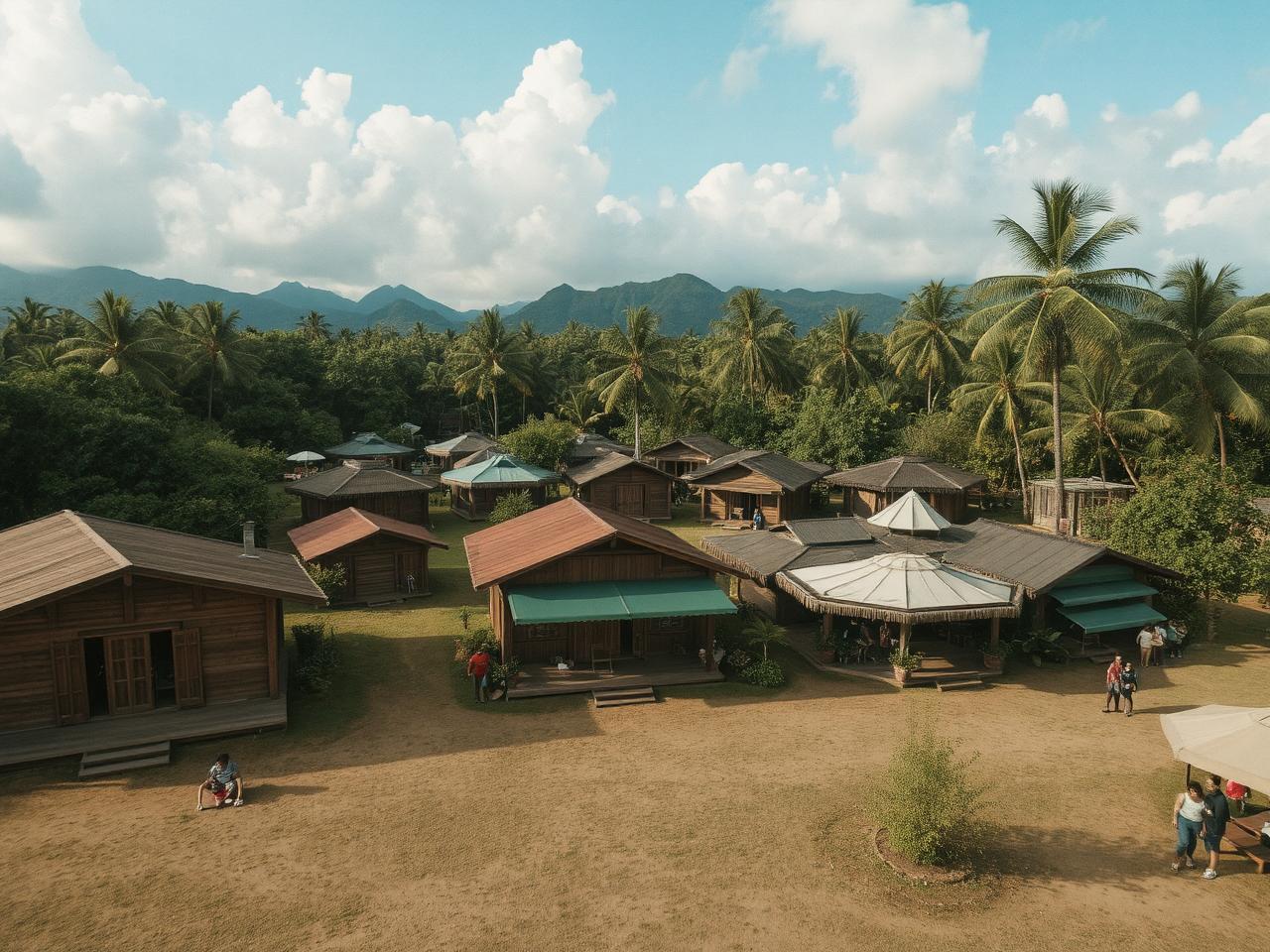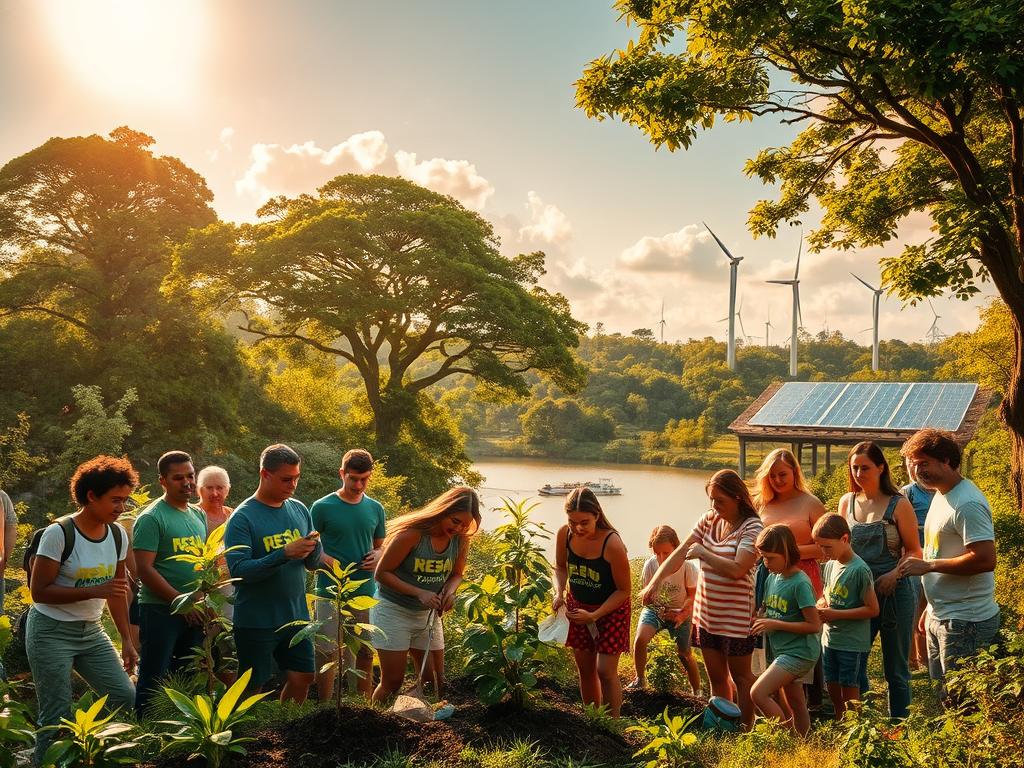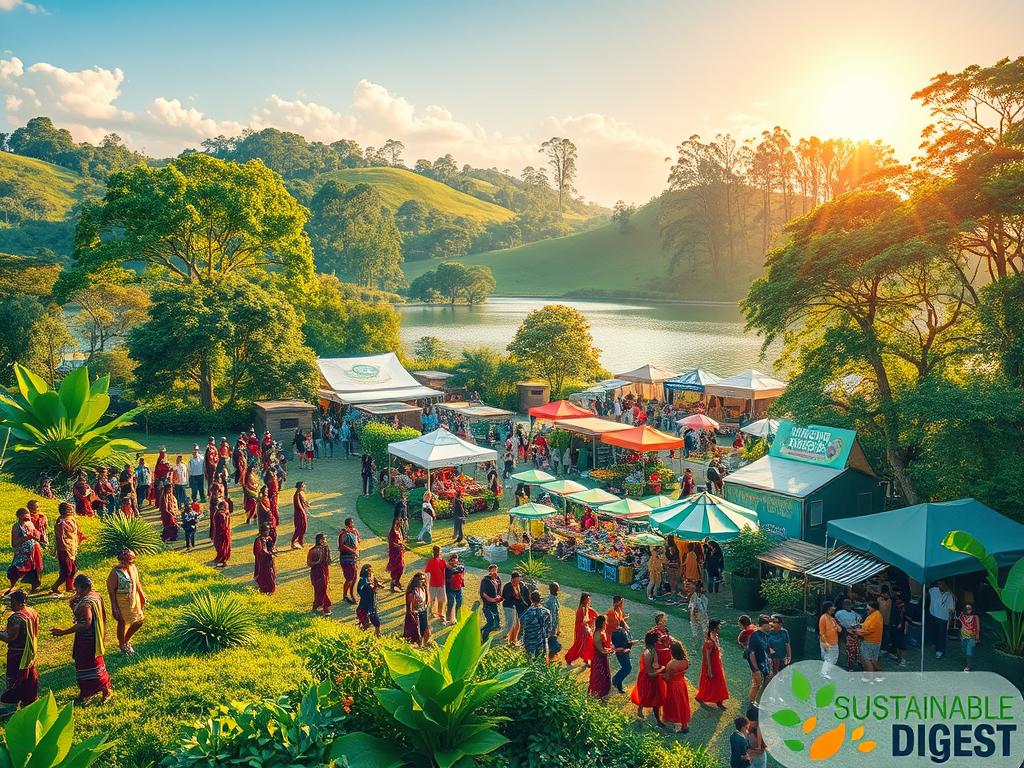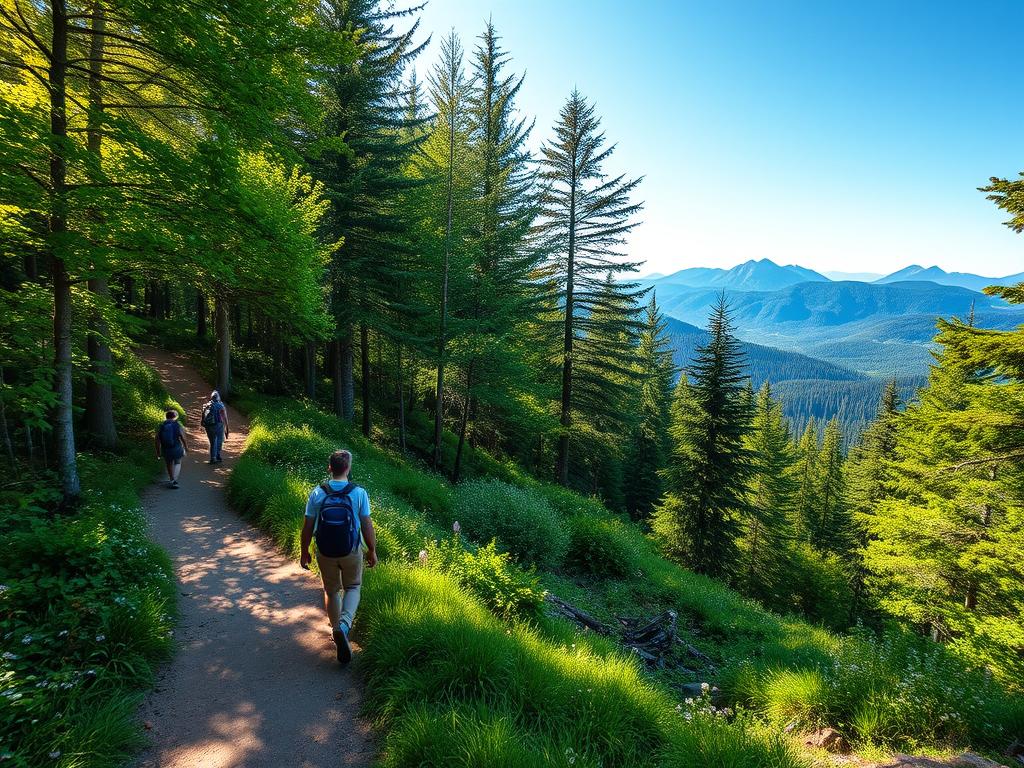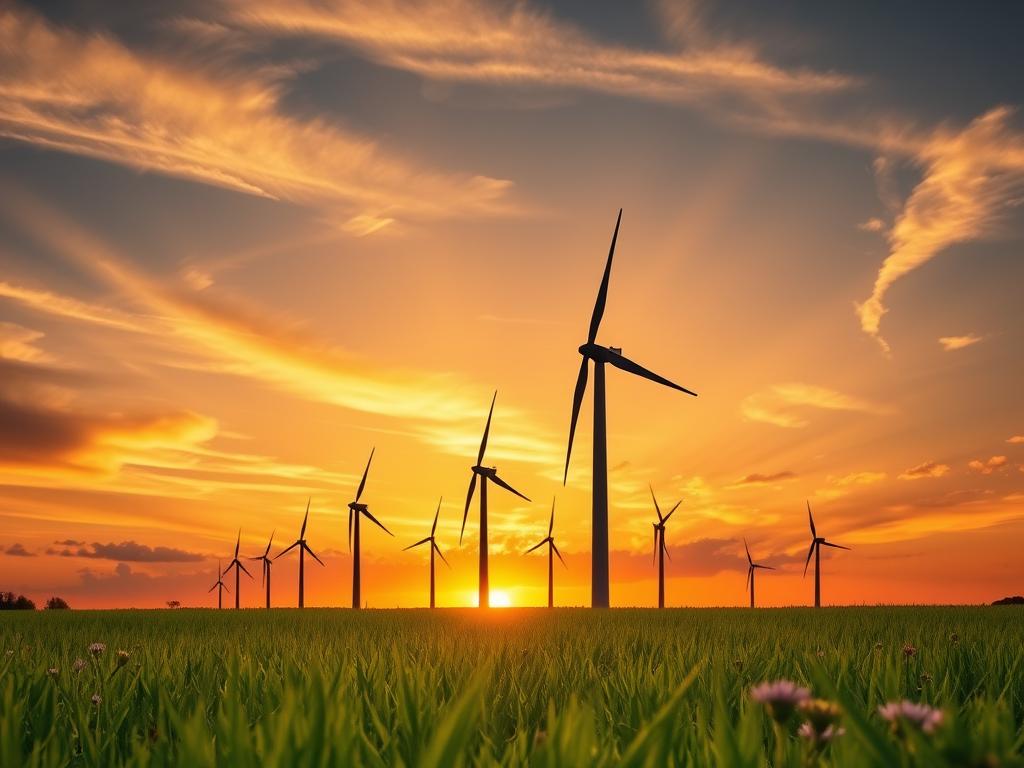
As stated in previous articles as a continuous series, The United Nations designates specific observances to focus global attention and unlock policy windows; these days are more than symbolism when tied to budgets, procurement, and reporting.
This introduction frames an evidence model that draws on UNEP, UNDP, UNESCO and ECOSOC for governance; the World Economic Forum for investment signals; CDC for health burden; and BLS for labor shifts.
When an international day is embedded in planning, it can seed multi-quarter programs that link clean air goals, democratic resilience, and local innovation ecosystems.
Practical constraints exist—short budget cycles and fragmented accountability—but well-designed observances can impose discipline on timelines and boost measurable outcomes.

Executive Brief: Why UN International Days Matter for Clean Air, Democracy, and Peace Today
Designated international days act as accelerators; they compress attention, align communications, and create predictable moments for funding and procurement. General Assembly resolutions (and agency-led declarations) set the date; the follow-up often depends on specialized agencies and ECOSOC review cycles.
The business case is simple: an observance turns diffuse interest into joint action. UNEP, UNDP, and UNESCO provide programmatic evidence; the WEF frames risks that make those calls to fund solutions persuasive.
Health and labor signals matter. CDC tracking shows reduced cardiopulmonary burden when air improves; BLS trends flag jobs shifting as economies decarbonize. These data create co-benefits that observances highlight.
- Institutional cadence: pairing a day international with planning years creates RFP and budget milestones.
- Governance dividends: hearings, audits, and public participation often cluster around observance dates.
- Peace linkages: shared environmental data and protocols reduce cross-border friction.
For U.S. agencies and cities, aligning campaigns with an international day turns communications into policy sprints that deliver measurable community gains across years and issues.
How the United Nations Uses International Days and Decades to Drive Awareness and Action
Member states often start the clock on observances by drafting resolutions that channel attention into action. The General Assembly formalizes an international day; specialized bodies then convert that date into programs and deliverables.

From Member State Resolutions to Specialized Agency Roles
The institutional order is simple and efficient: proposals originate with capitals; the united nations General Assembly ratifies them; then sectoral agencies execute within mandates.
UNEP stewards environmental coherence; UNDP aligns finance and capacity building; UNESCO mobilizes education and research networks; ECOSOC coordinates review cycles and data follow-up.
Linking Observances to Measurable Outcomes
Single days matter less than what agencies deliver on those dates. Pair an international day with indicator drops—emissions inventories, waste audits, or health burden summaries—and the observance becomes a reporting milestone.
Decades extend that momentum, allowing pilots to scale and funding cycles to mature. Cross-agency choreography (policy briefs, dashboards, RFPs) turns attention into budgets and measurable policy adoption.
- Map the pipeline: Member state proposal → GA resolution → agency rollout.
- Pair communications with indicators to create auditable claims.
- Pre-commit deliverables on observance dates to enforce discipline and visibility.
Ozone Layer Preservation: Policy Milestones, Clean Air Gains, and Remaining Risks
Treaties have a track record: negotiated limits spark industry transitions, regulatory scaffolds, and measurable health gains. UNEP and UNDP technical notes document steady declines in controlled substances and outline refrigerant transition plans aligned with Kigali timelines.
Phasing out harmful substances and aligning with climate goals
Diplomacy converted chemistry into compliance; the State Department cites agreements that phase out remaining compounds that harm the stratosphere. IPCC projections (temperature and sea-level ranges over coming years) frame why those controls matter beyond direct UV effects.
Data-driven messaging for the International Day for the Preservation of the Ozone Layer
Communications should quantify co-benefits: CDC-cited health reductions from better air and solvent controls; WEF framing on transition risks; BLS signals on green jobs and technician demand.
“Pair celebration with candid disclosure and next-step commitments.”
- Milestones: treaty limits → Kigali refrigerant shifts → national inventories.
- Risks: illegal production, aging equipment, uneven enforcement.
- Practice: annual reporting, appliance labeling, and workforce training link policy to consumer action.
Peace, Democracy, and Environmental Security: A Governance Nexus
Environmental diplomacy now sits at the center of modern foreign policy, reshaping how embassies operate and how capitals prioritize risks. Five priorities dominate: climate change, toxic chemicals, species extinction, deforestation, and marine degradation.

Environmental diplomacy as mainstream foreign policy
U.S. missions have set up regional environmental hubs that work across years to coordinate science and policy. This reflects a shift toward core statecraft; policy choices now feed bilateral and multilateral order.
Linking institutions, health, and accountability
Transparent institutions reduce corruption in resource sectors; UNDP and UNESCO data show how capacity building improves enforcement. CDC metrics make the health-security link visible—degraded environments raise disease burdens and threaten jobs.
“Publish compliance reports and community feedback on the international day to build trust.”
- Frame diplomacy as a tool for long-term risk reduction.
- Use observances as governance rituals for audits and hearings.
- Align embassy hubs with ECOSOC follow-up to sustain momentum.
World Cleanup and Waste Reduction: Systems Change Beyond a Single Day
Public attention can nudge budgets, but infrastructure and policy lock in durable waste reduction. Short-term volunteer efforts matter; durable change requires contracts, financing, and clear producer duties.
From awareness to infrastructure: waste, food loss, and circular economy priorities
UNEP circular economy guidance and UNDP local systems work recommend pairing audits with procurement milestones. Cities should publish city-level waste audits on an international day to link reports with budgets.
Reducing food loss cuts methane and household costs; audits turn a day into measurable policy steps.

Community mobilization and private sector coalitions under UN observances
Businesses can announce packaging redesigns and take-back targets on day international day moments. Coalitions that report targets avoid greenwashing by committing to finance and timelines.
Addressing toxic chemicals and marine degradation through multilateral agreements
U.S. diplomacy advanced phase-outs of PCBs and chlordane and helped launch POPs negotiations. Publish inventories of legacy contaminants, set time-bound remediation, and use fisheries data (70% fully to over-exploited) as a sobering prompt.
- Recast volunteerism into municipal contracts and materials recovery financing.
- Tie audits to procurement and certification for recycling jobs tracked by BLS.
- Align hazardous-stream actions with multilateral bans and CDC exposure guidance.
Ozone Layer Peace Democracy World Cleanup Science Tech Innovation Global South
Affordable monitoring, distributed power, and nature-based projects offer concrete entry points for measurable change. Small sensors and open data make air and exposure management more democratic; communities can use timely readings to trigger enforcement and public health response.
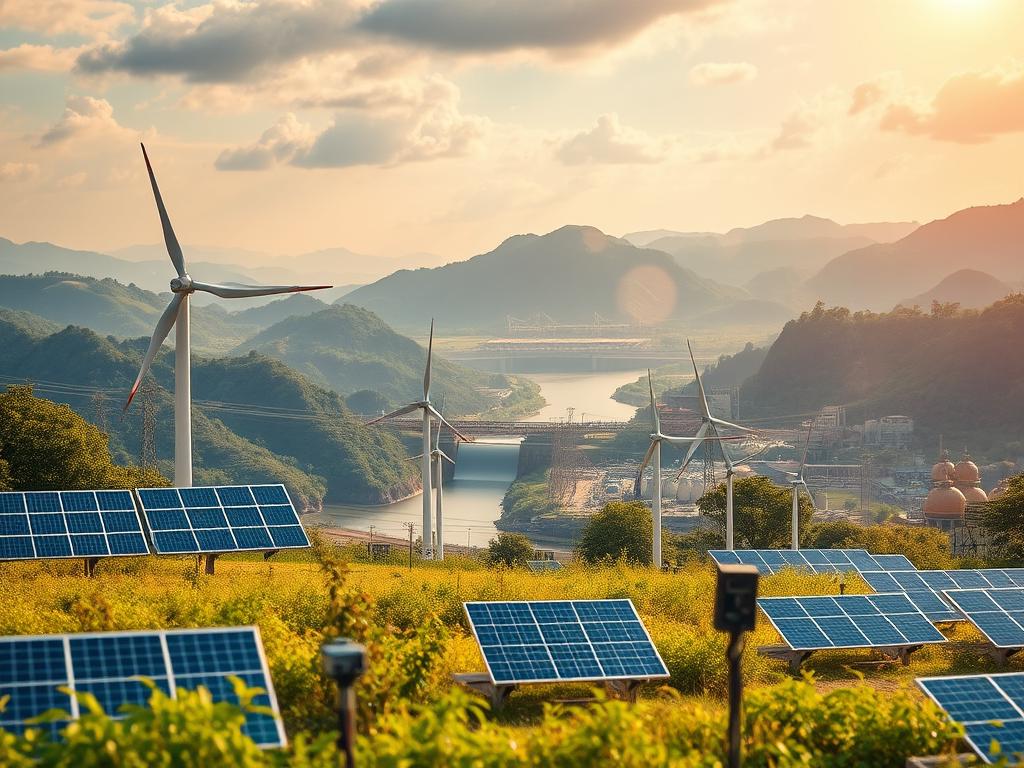
Agencies should align the international day calendar with pilot grants and procurement windows so that announcements become scalable programs rather than one-off headlines.
Capacity building with UNESCO and UNDP for local innovation ecosystems
UNESCO science networks and UNDP accelerator labs can pre-align curricula, maker spaces, and apprenticeship slots to build a pipeline of green skills.
- Prioritize equitable diffusion: affordable sensors, open data, and community monitoring tied to funding commitments.
- Pair systems: solar mini-grids plus mangrove or watershed restoration to boost resilience and livelihoods over decades.
- Use agency networks: UNEP guidance, UNESCO chairs, UNDP labs, and WEF financing should coordinate deliverables for real action.
Track outcomes with BLS-style metrics adapted for partner jurisdictions and use CDC exposure monitoring to validate health co-benefits. Celebrate (global) south-south exchanges and replicate proven models through united nations platforms to ensure that observances catalyze long-term change, not just press coverage.

Biodiversity and Forests: Protecting Natural Capital to Safeguard Livelihoods
Forests and reefs function as the economy’s hidden infrastructure, and their loss erodes livelihoods fast. UNEP and UNESCO biodiversity programs frame species protection as a public good; UNDP forest governance work links tenure and finance to better outcomes.
Data remain stark: recent estimates count forests the size of four times Switzerland lost each year, a scale that compounds over years.
These are not only environmental issues; they are supply-chain shocks. The WEF flags habitat decline as a material risk to food systems and commodity stability.
Public observances such as an international day offer a simple mechanism: annual checkpoints where governments publish deforestation-free sourcing, restoration targets, and enforcement progress.
- Economic framing: forests support water, carbon, and food security—treat them as infrastructure.
- Supply chains: disclose sourcing and back restoration promises to protect buyers and producers.
- Enforcement: protected areas need budgets, rangers, and community pacts tracked yearly.
- Integration: align coral, wetland, and forest plans for unified financing and monitoring.
- Livelihoods: celebrate co-managed forest enterprises that raise income and cut clearance pressure.
“Conserve with clear accounts; accountability turns commitments into results.”
Finally, link biodiversity action to public health: CDC guidance underscores that intact habitats reduce zoonotic spillover risk. Use observance dates to publish measurable steps, not just speeches.
U.S. Policy, Labor, and Public Health Implications
Observance moments can do more than mark a date; they can sync federal planning, workforce investments, and public-health messaging to deliver measurable benefits.
Health protection and clean air co-benefits
CDC burden estimates show that tighter standards reduce respiratory illness and avoid premature deaths. Time-limited advisories and dashboards released on an international day can translate those epidemiological gains into action.
Jobs of the transition: skills, sectors, and regional opportunities
BLS data point to growth in environmental compliance, monitoring, recycling, and clean-technology roles; wage gains follow as demand rises. Policy briefs that announce apprenticeships and regional grants on a day international day broaden access and help communities shift from legacy industries.
- Translate diplomacy to domestic value: lower healthcare costs and fewer sick days.
- Quantify co-benefits with CDC metrics to make budget cases.
- Map job creation using BLS categories and fund workforce pipelines.
- Prioritize equity so transition grants reach hard-hit regions.
- Frame competitiveness with WEF indicators to bolster investment.
| Metric | Source | Policy use |
|---|---|---|
| Avoided respiratory hospitalizations | CDC | Health advisories timed to observances |
| Green job growth (yrs 1–5) | BLS | Apprenticeships and retraining funding |
| Competitiveness score | WEF | Investment case for sustainable industries |
| Program pilots funded | UNEP / UNDP | Model replication and scale-up |

“Align observances with program starts; a public date focuses agencies, funds, and communities.”
Action Roadmap for Agencies, Cities, and Business in the United States
Aligning calendars and data pipelines makes the international day a trigger for procurement, reporting, and measurable results. This section gives a tight playbook U.S. actors can use to convert observances into sustained programs.
Aligning observances with annual planning, reporting, and investment
Schedule discipline matters: agencies should time RFPs, grant awards, and rulemaking notices to cluster around a day international cadence. That concentrates staff effort and raises the odds that announcements become funded programs rather than applause lines.
Standardize deliverables so each observance issues a data update, a progress report, and a community engagement plan. Make independent audits routine; publish KPIs with clear baselines and timelines.
Data partnerships with multilateral institutions for transparency and accountability
Formalize MOUs with UNEP, UNDP, and UNESCO-linked repositories and tie reporting to ECOSOC review cycles. Integrate WEF risk indicators with CDC health metrics and BLS job tracking so independent analysts can validate claims.
“Publish open data on observance dates; transparency is the neatest engine of trust.”
- Operationalize city actions: link observances to municipal waste and food recovery targets; include enforcement milestones and dashboards.
- Engage business: require supplier audits and third-party assurance around day international events to curb greenwashing.
- Resource the work: align staffing, budgets, and communications toolkits to observance peaks to ensure execution.
| Action | Lead | KPI |
|---|---|---|
| Observance-aligned RFP calendar | Federal agencies | % of grants awarded within 90 days of the day international |
| Standardized progress report | Cities + Agencies | Annual data update published with baseline metrics |
| Multilateral data MOU | USG / UNEP / UNDP | Open data feed operational within 12 months |
| Corporate disclosure push | Private sector | Third-party-verified supplier audits completed |

Conclusion
A named day gains traction only when paired with contracts, audits, and verifiable data streams; that converts a date into an operational deadline and a public deliverable for agencies and partners.
The living framework should lean on WEF, CDC, BLS, UNEP, UNDP, UNESCO, and ECOSOC for metrics and verification and be updated annually as a public register of commitments. Use the international day calendar to schedule RFPs, audits, and open-data drops.
Observances are calendar anchors, not confetti. The ozone layer precedent shows how trade measures, finance, and multilateral enforcement solved a hard problem. Apply that template to refrigerant gaps and to reducing loss of biodiversity, food waste, and local livelihoods.
Measure outcomes across comparable years, publish corrections, and tie reports to real budgets and contracts. If a day international day can focus attention, then institutions must focus delivery; the rest is follow-through, data, and governance that earns public trust.
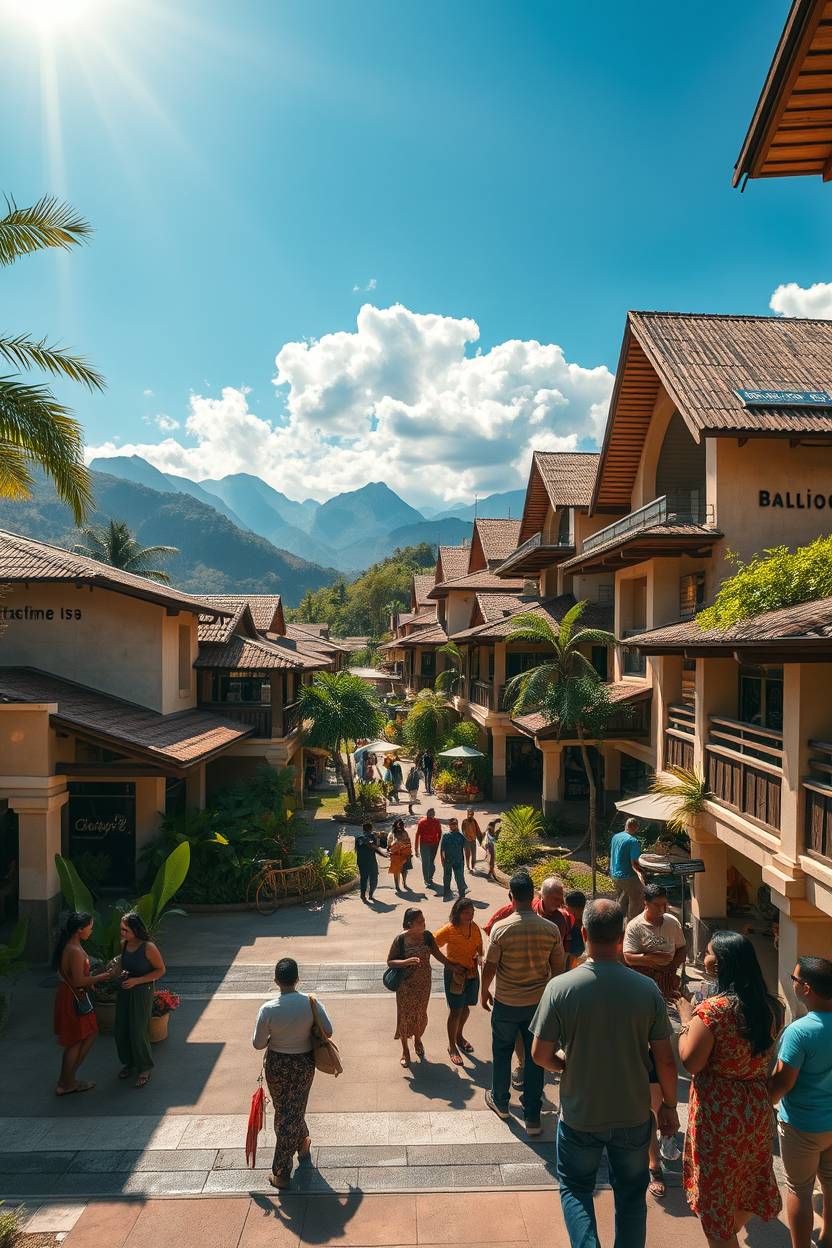
Key Takeaways
- UN observances shape policy windows when tied to funding and procurement.
- Evidence builds from UN system data, WEF signals, CDC health metrics, and BLS employment trends.
- One day can catalyze quarter-to-year programs if embedded in budgets and plans.
- Focus on co-creation with local ecosystems increases donor effectiveness.
- Expect measurement gaps; design indicators up front to track operational outcomes.
